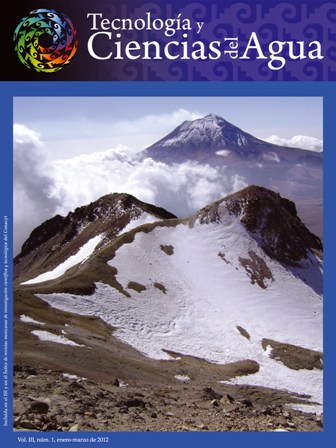Filtering rates and functional response of selected zooplankton on the bacterium Vibrio cholerae Non O1 Non O139
Keywords:
zooplankton, Vibrio cholerae, filtering rates, functional responseAbstract
Vibrio cholerae strains frequently cause cholera outbreaks in tropical countries. It has been suggested that zooplankton play an important role in transmitting cholera from aquatic systems to their human hosts. It is also possible that zooplankton —which are known to have a range of diets, including bacteria, detritus, algae and other zooplankton— could also help to filter out Vibrio from the medium. Here we tested this hypothesis using 11 taxa of rotifers, cladocerans, copepods and ostracods. To determine feeding rates, 10 batches of each taxon were used; they were counted using a stereoscopic microscope and placed into individual test beakers. A control group was also established. An aliquot (10 ml) of the bacterial dilution (10-12) was added to each test beaker with a bacterial concentration (2.5 x 106) that previously contained 50 ml of EPA sterile solution. Grazing time was 30 min, after which 2.5 ml formalin was added to each test tube to stop feeding. Functional response experiments were conducted with different dilutions of V. cholera, ranging from 10-1 to 10-12. The cladocerans, particularly Moina macrocopa, were most efficient at reducing bacterial densities while the rotifers were the least. The data are discussed with emphasis on the role of these zooplankton in controlling V. cholerae in nature.Downloads
Published
How to Cite
Issue
Section
License

This work is licensed under a Creative Commons Attribution-NonCommercial-ShareAlike 4.0 International License.
By Instituto Mexicano de Tecnología del Agua is distributed under a Creative Commons Attribution-NonCommercial-ShareAlike 4.0 International License. Based on a work at https://www.revistatyca.org.mx/. Permissions beyond what is covered by this license can be found in Editorial Policy.









